Faret Tachikawa
The former site of the U.S. military base redeveloped as an art district, boasting a collection of 109 public artworks from 36 countries.
From 1945 to 1977, the western Tokyo city of Tachikawa was home to a U.S. Air Force base. Though part of it remains a military airfield under the Japan Self-Defense Forces, much of the former base has since been redeveloped—in creative ways.
Created in 1994, Faret Tachikawa is one of the redevelopment projects situated just north of Tachikawa Station. The name derives from the Italian fare “to make,” with the “T” of Tachikawa added to it. It consists of 109 pieces of public art, created by 92 artists from 36 countries and installed across a bustling shopping district.
While the official site provides a map and comprehensive list of the artworks, it would also be a fun Easter egg hunt to go in blind, as many of the artworks are hidden in plain sight in a condensed area, disguised as vents, benches, and bollards. They also give the town a lot of colors, vibrant against the gray, otherwise dull concrete of modernity.
Some of the pieces are highly noticeable and add a sense of surrealism to the cityscape. The untitled “open café terrace” by French artist Jean-Pierre Raynaud, an icon of the Faret Tachikawa project, is an inorganic garden outside a department store decorated with a red flowerpot, vivid and gigantic, straight out of a fever dream.
Next to the flowerpot is a bicycle encased in glass like a goldfish in a tank. Entitled “Bicycloid VI,” this Robert Rauschenberg installation serves as a parking lot sign and gets lit up in neon at night. Beyond, there are statues of African tribal chiefs clad in colorful attire—a work by Nigerian artist Sunday Jack Akpan, inspired by the Ibibio funerary traditions.
Visitors will spot more public artworks as they walk around, often one after another, almost like an open-air museum with free access.
Know Before You Go
Faret Tachikawa is just outside Tachikawa Station, which can be accessed by JR Chūō Line from Shinjuku Station, approximately 30-50 minutes away. As the artworks are public, entry is free 24/7. You can check out the official map here.
Plan Your Trip
The Atlas Obscura Podcast is Back!


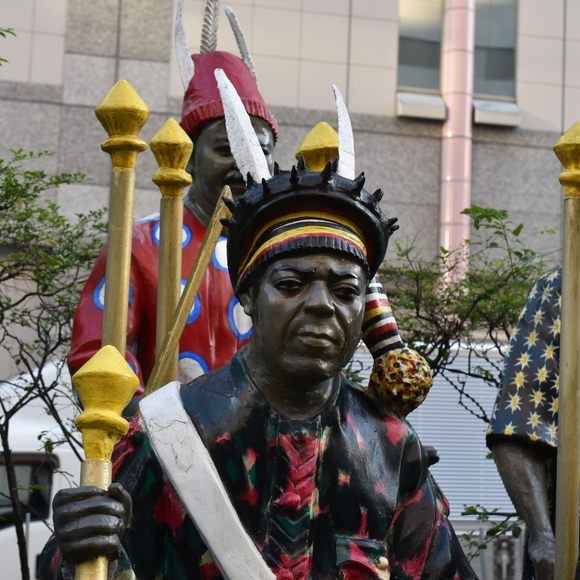

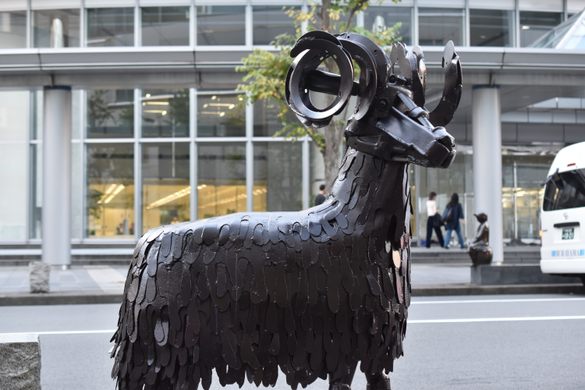
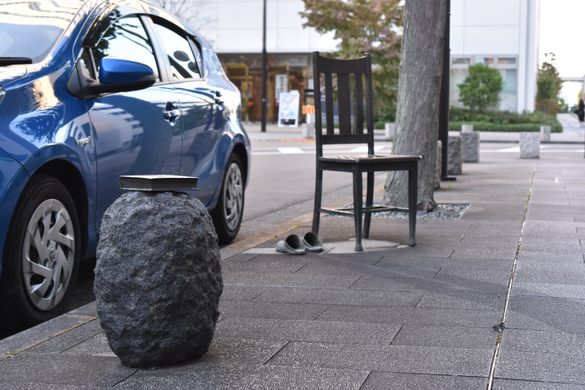
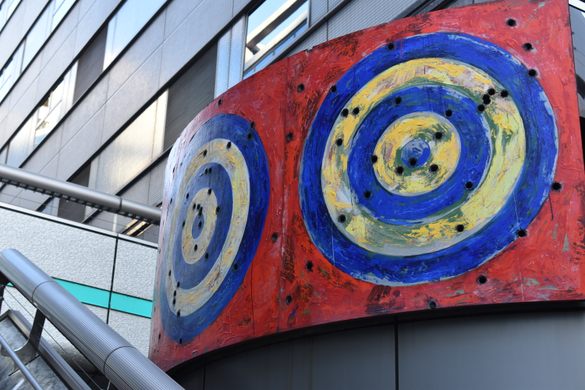
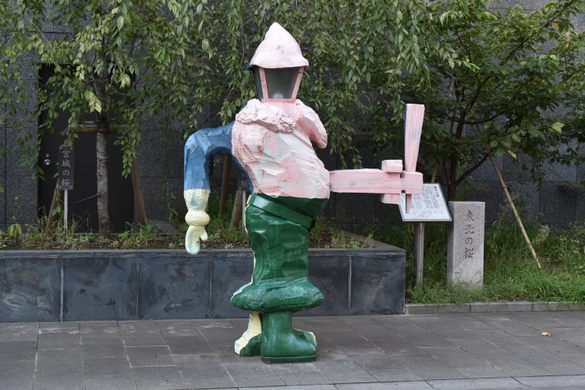

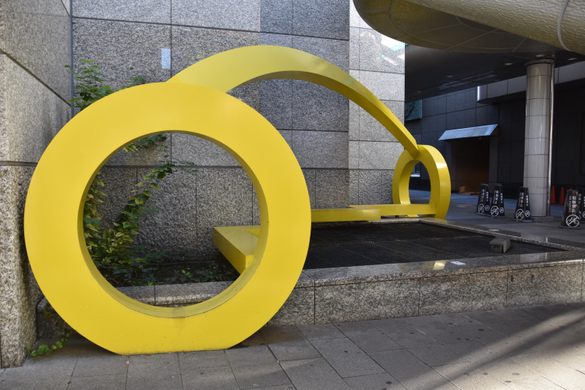
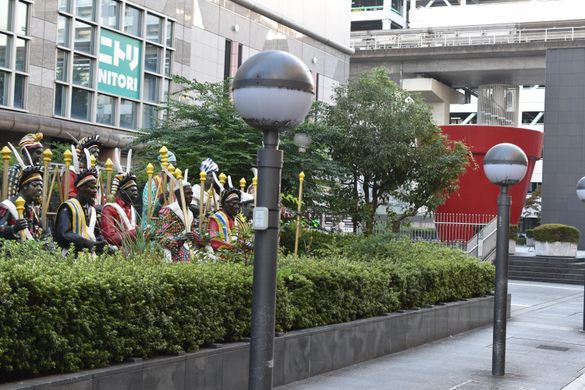

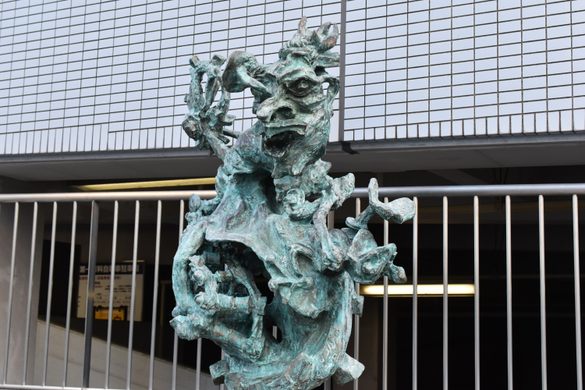
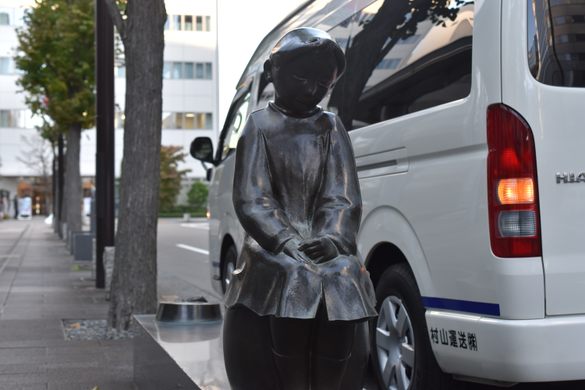
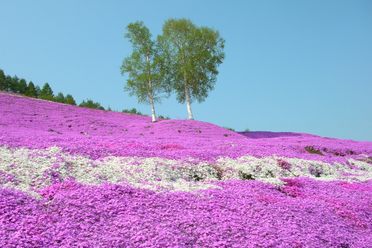




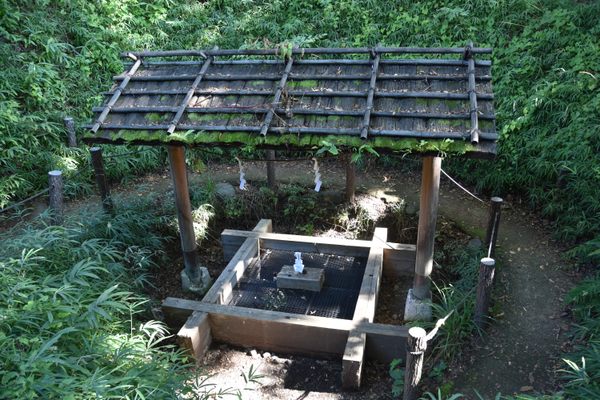

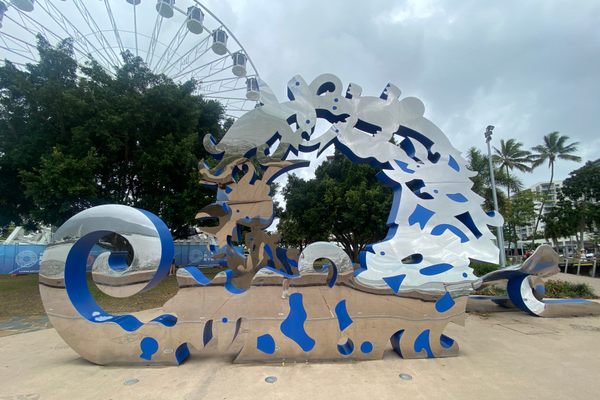


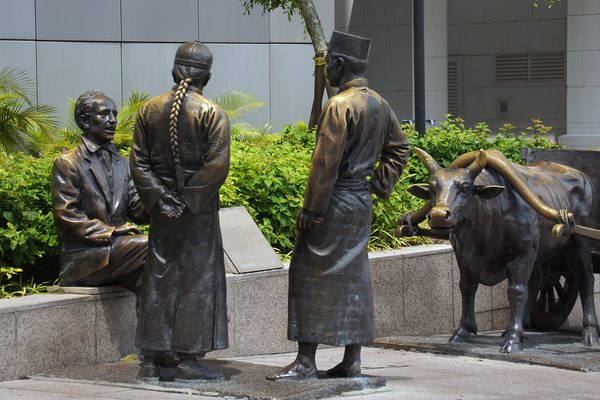

Follow us on Twitter to get the latest on the world's hidden wonders.
Like us on Facebook to get the latest on the world's hidden wonders.
Follow us on Twitter Like us on Facebook